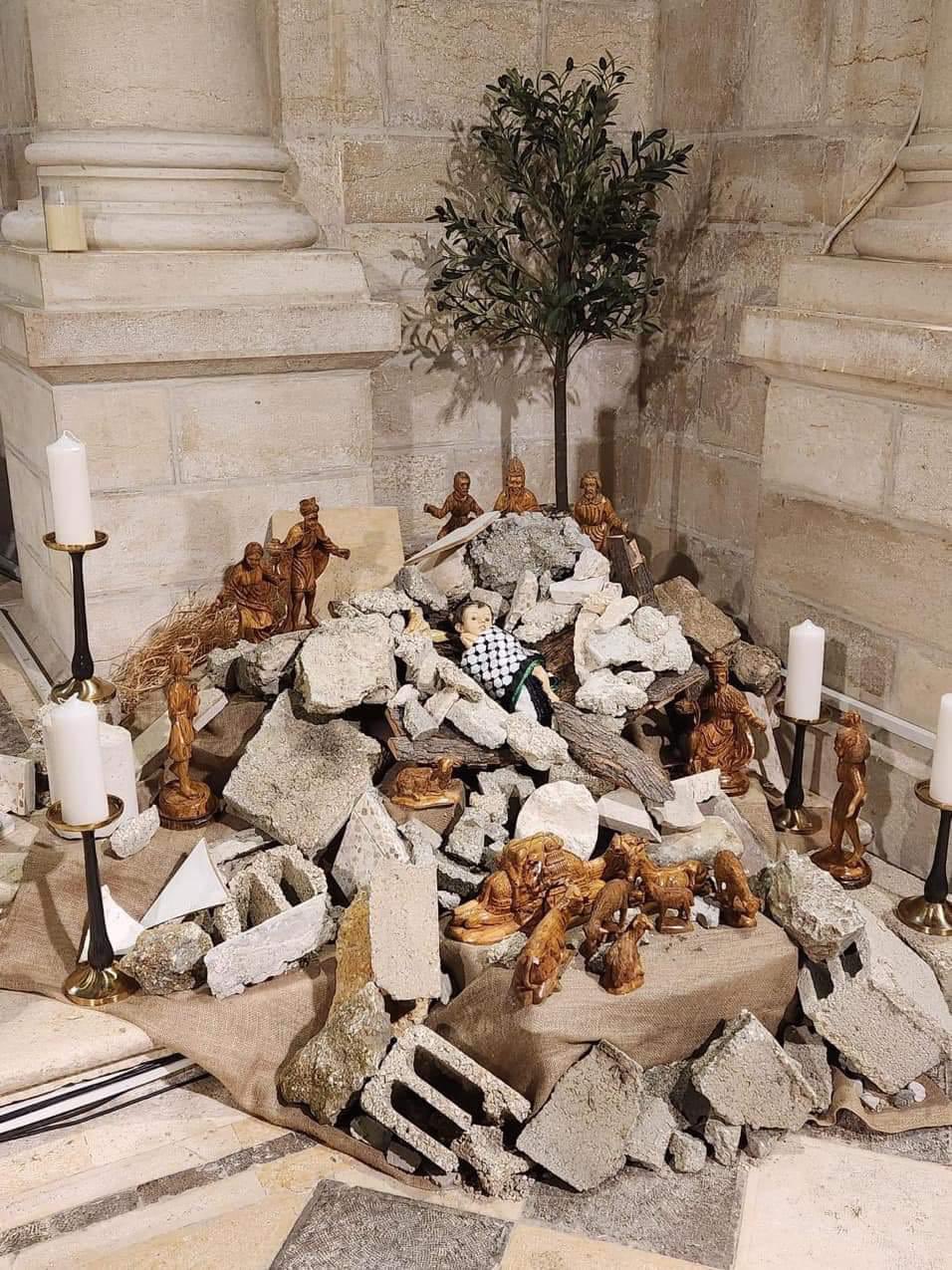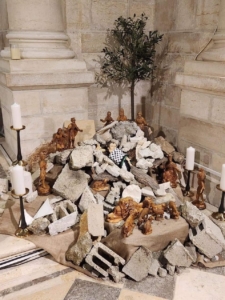The Christmas Story is a Very Political Story
I know that title will irritate many, especially on the theological and political right, but don’t get angry with me. Get angry with Luke.
Luke’s story is built around contrasts, and those contrasts begin with the Roman Emperor Augustus. You don’t get more political than starting your story like this:
In those days a decree went out from Emperor Augustus that all the world should be registered. This was the first registration and was taken while Quirinius was governor of Syria. All went to their own towns to be registered.
Luke introduces us to the Roman emperor, Augustus, and his governor in Syria, Quirinius, doing what emperors and governors do: issuing orders. Here, the orders are related to the chief function of emperors and governors everywhere: collecting money. “We need to know how many folks live where, so we know how much we can expect to raise in taxes, and how many soldiers and tax farmers we will need to send out to collect it.” So the imperial orders get issued, and the ordinary people do what they do when emperors and governors issue orders: they do what they are told.
Joseph also went from the town of Nazareth in Galilee to Judea, to the city of David called Bethlehem, because he was descended from the house and family of David. He went to be registered with Mary, to whom he was engaged and who was expecting a child. While they were there, the time came for her to deliver her child. And she gave birth to her firstborn son and wrapped him in bands of cloth, and laid him in a manger, because there was no place for them in the inn.
Enter Joseph and Mary, some of the countless ordinary folks to whom the orders were given. They do what they have been told, and head off to the ancestral home of Bethlehem, where they can’t find a place to stay and are forced to move into a stable. But this doesn’t matter to Augustus and Quirinius. All that matters to them is that their orders are carried out, regardless of the inconveniences or costs to the ordinary folks. All hail the power of the Senate and People of Rome!
And in that stable, Mary gives birth. Not in a hospital, not in their own home in Nazareth surrounded by family and friends, but in a stable surrounded by animals. To Mary and Joseph, what matters is the new life that has entered their lives under difficult circumstances. To Augustus and Quirinius, the only thing that matters is the count: add one more to the census for the newborn. More people, more taxes to collect.
In that region there were shepherds living in the fields, keeping watch over their flock by night.
Then Luke brings more of the folks on the bottom of society into the story: the shepherds. And make no mistake: shepherds were definitely on the bottom. The simple fact that they were out in the field at night, tending their flocks, ought to tell you just how much on the bottom they were. Rain or clear, cold or hot, shepherds were out in the fields, tending their flocks. If you are a storyteller wanting to describe the extremes of power and privilege, emperors and governors are at one end of the spectrum, and shepherds are at the other.
So far, this is an ordinary tale of ordinary life in an empire. The folks on top have the power and the money and give the orders, and the folks on the bottom do what they are told.
But not tonight.
Then an angel of the Lord stood before them, and the glory of the Lord shone around them, and they were terrified.
But the angel said to them, “Do not be afraid; for see—I am bringing you good news of great joy for all the people: to you is born this day in the city of David a Savior, who is the Messiah, the Lord. This will be a sign for you: you will find a child wrapped in bands of cloth and lying in a manger.” And suddenly there was with the angel a multitude of the heavenly host, praising God and saying, “Glory to God in the highest heaven, and on earth peace among those whom he favors!”
Here, finally, is the real contrast that Luke has been building toward: Augustus and his minions on the one hand and God on the other, standing with shepherds and ordinary folks. The messengers of Augustus announce the census, issue the orders, and prepare for the tax collections to come. The messengers of God, on the other hand, announce the birth of a savior, the Messiah, the one whose birth signals a new age.
Note that the angels came to the shepherds, not to the emperor or the governor. The messengers of good news came to those on the margins of society and those at the bottom of the socio-economic ladder, proclaiming that all the power and wealth of the emperor is no match for the power and love of God. In their joy and excitement, the shepherds became angels—messengers of God—themselves, going to the stable where they told Mary and Joseph about what they had heard and seen.
Like I said, the Christmas story is a very political story.
+ + +
Lots of families display a creche in their homes, showing the stable with its animals, the shepherds and their sheep, the wise men and their camels and gifts, and the holy family with the babe lying in the manger. These nativity scenes come in all shapes, sizes, and styles, from the realistic to the symbolic, from the pious to the kitschy. Many churches have their own nativity displays, and some go so far as to have a “living” nativity scene outdoors on the church lawn with members in costume.
The image at the top of this post is from Evangelical Lutheran Christmas Church in Bethlehem – part of the Evangelical Lutheran Church of Jordan and the Holy Land. (You can click on the picture to get a larger version.) NPR did a story this past week on the churches of Bethlehem and how the fighting in Gaza has changed this holiday season there. Toward the end of the piece is this:
A short walk from the Church of the Nativity is the Evangelical Lutheran Christmas Church. There, the Rev. Munther Isaac and his congregation chose this year to make a statement about the killing of so many children in Gaza.
Using broken cement and paving stones, they placed the baby Jesus in the center of a pile of debris from a collapsed home, inspired by television images of children being pulled from the rubble, Issac says.
“I always say we need to de-romanticize Christmas,” he says. “In reality, it’s a story of a baby who was born in the most difficult circumstances and the Roman Empire under occupation, who survived the massacre of children himself when he was born. So the connection was natural to us.”
Issac says he’s surprised at the international interest that his church has received as a result of its display of baby Jesus amid the rubble.
Broken cement and paving stones, with the baby Jesus wrapped in a keffiyeh. Of all the creches I have seen, the one sitting to the side of the altar at Christmas Lutheran in Bethlehem tonight is by far the most powerful.
Peace to you, my friends, at this celebration of the birth of the Prince of Peace, and peace to those who work for peace — peace in our families, peace in our communities, and peace in our world.


